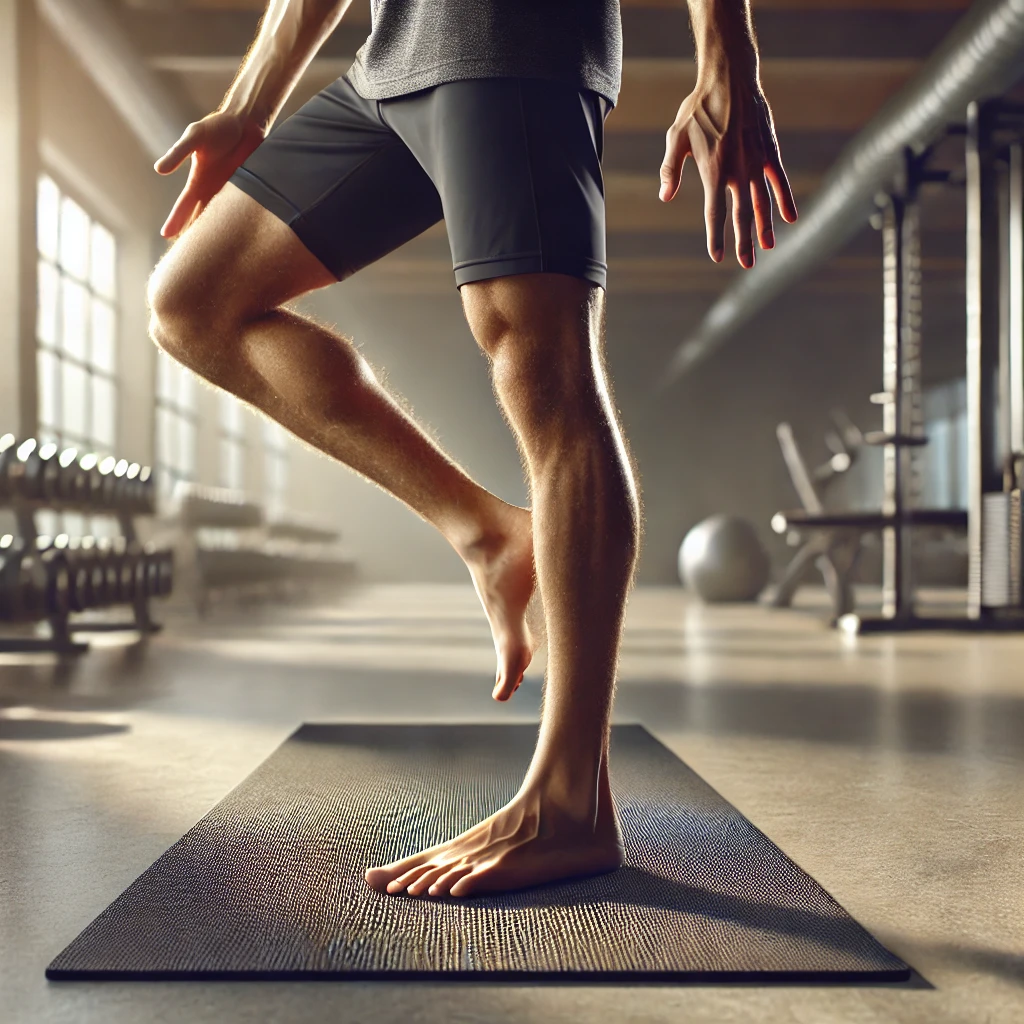When it comes to training, most of us lace up supportive sneakers without a second thought. But what if taking off your shoes could actually improve your workout? Barefoot training has gained attention for its potential benefits, ranging from better balance and muscle engagement to enhanced foot strength. Whether you’re into yoga, weightlifting, or cardio, going shoeless could be a game-changer.
What Is Barefoot Training?
Barefoot training refers to working out without shoes or with minimalist footwear that mimics being barefoot. This type of training encourages natural foot movement and allows your feet to flex, bend, and grip surfaces in ways that conventional shoes restrict. As a result, it activates muscles that often remain underused.
Key Benefits Include:
- Improved Balance and Stability: Your feet have 26 bones, 33 joints, and over 100 muscles, tendons, and ligaments. When you go barefoot, these structures are forced to engage more actively, improving balance and stabilizing your movements.
- Enhanced Foot Strength: Without the support of shoes, your foot muscles need to work harder, leading to increased strength over time. Stronger feet mean better performance in various sports and activities.
- Better Proprioception: Proprioception is your body’s ability to sense its position and movement in space. Training without shoes sharpens this sense, making you more aware of how your body moves and reacts, reducing the risk of injury.
- Natural Movement: Barefoot training can correct posture and gait irregularities by encouraging a more natural foot strike, leading to reduced impact on joints and better movement efficiency.
Activities That Benefit from Barefoot Training
While barefoot training can be applied to many types of exercise, some activities particularly benefit from it:
- Yoga and Pilates: These practices already promote going shoeless, encouraging connection with the ground to improve balance and stability.
- Weightlifting: Lifting weights barefoot helps with grounding, providing better contact with the floor for exercises like deadlifts and squats. This improves stability and force distribution.
- Bodyweight Training: Exercises such as lunges, planks, and push-ups engage more foot and lower leg muscles when performed barefoot.
- Balance Work: Training balance drills barefoot can enhance foot strength and proprioception, leading to better performance in sports like running and martial arts.
How to Start Barefoot Training Safely
Transitioning to barefoot training should be done gradually to avoid injury:
1. Start Slow
Begin with simple, low-impact exercises like bodyweight squats, standing calf raises, and balance drills. Practice these for short periods to help your feet adapt.
2. Strengthen Your Feet First
Integrate foot-strengthening exercises such as toe curls, arch lifts, and short foot exercises to build up the necessary muscles and ligaments.
3. Choose the Right Surface
Start training on softer surfaces like gym mats or grass to minimize the initial impact. As your feet strengthen, you can progress to harder surfaces.
4. Warm Up and Stretch
Warm up properly before your barefoot workout and include stretches that target the calves, Achilles tendon, and feet to maintain flexibility and reduce the risk of strains.
5. Use Minimalist Footwear
If fully barefoot training feels daunting, start with minimalist shoes that provide a thin layer of protection while still promoting natural movement.
The Potential Downsides
While barefoot training offers numerous benefits, it’s not without potential drawbacks:
- Increased Risk of Injury: Transitioning too quickly can lead to issues like plantar fasciitis, Achilles tendonitis, or stress fractures due to underdeveloped foot muscles.
- Sensitivity: Training barefoot on hard or rough surfaces can be uncomfortable, especially in the beginning.
- Unsanitary Conditions: Public gym floors may not always be the cleanest, so consider using a mat or cleaning your training space before going barefoot.
Integrating Barefoot Training into Your Routine
Try incorporating barefoot training into your workouts a few times a week. As your feet get stronger, you can increase the frequency and duration of your sessions. Here’s a simple barefoot training warm-up to get you started:
Barefoot Warm-Up Routine (5-10 minutes):
- Toe Taps: Stand tall and tap your toes on the floor, alternating feet. Continue for 30 seconds.
- Heel Raises: Lift your heels off the floor and balance on the balls of your feet. Hold for a few seconds, then lower. Repeat for 1 minute.
- Arch Lifts: Stand with your feet flat and raise your arches without lifting your toes or heels. Hold for a few seconds and release. Repeat for 1 minute.
- Ankle Circles: Rotate each ankle clockwise and counterclockwise for 30 seconds each.
Conclusion
Barefoot training can be an excellent addition to your fitness regimen, helping to improve balance, strengthen your feet, and boost overall performance. By taking it slow and following best practices, you can enjoy the benefits while minimizing risks. Give your feet the workout they deserve, and you might just find that your whole body moves better as a result.
Share this content:



